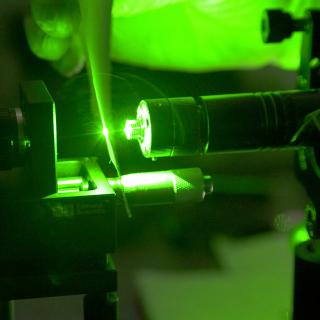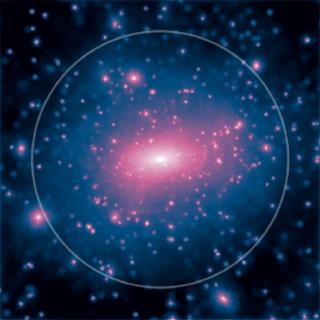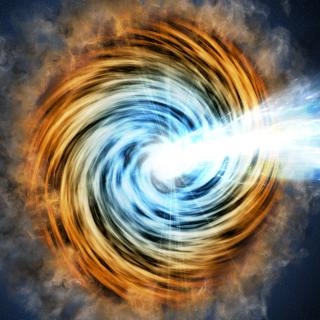
The Technical Office for the Protection of the Quality of the Sky (OTPC) of the Instituto de Astrofísica de Canarias (IAC) is collaborating with the engineers of Aena so that the exterior lighting of the Tenerife South Airport incorporates the recommendations of the Institute, in order to preserve the astronomical quality of the Canary Observatories. Aena keeps in close touch with this department of the IAC so that the new exterior lighting of Tenerife South Airport conforms to the technical characteristics recommended to improve its efficience and reduce light pollution. Since it was
Advertised on




